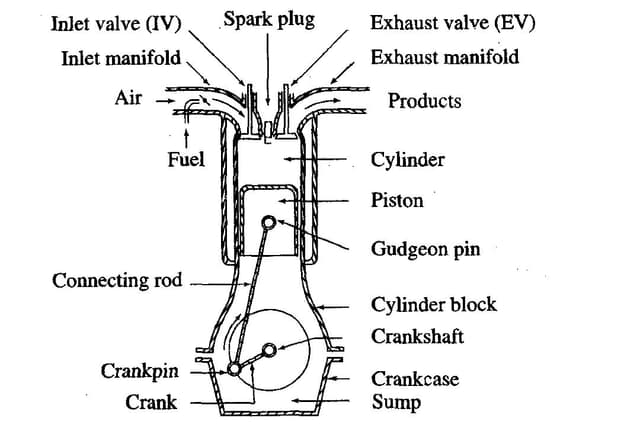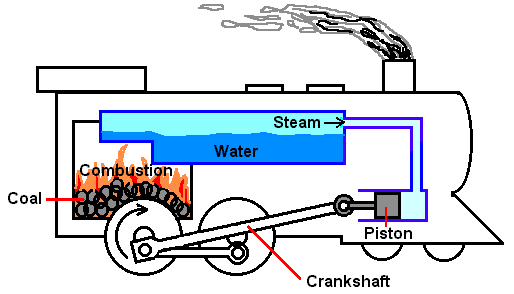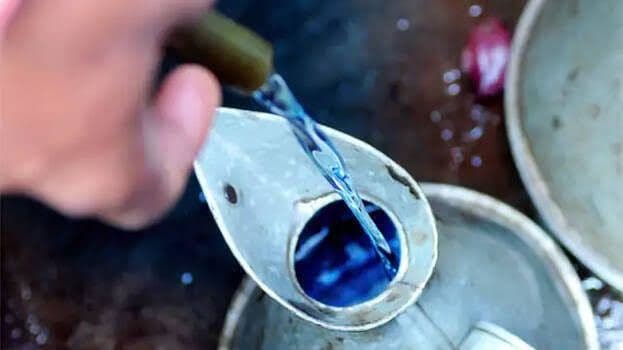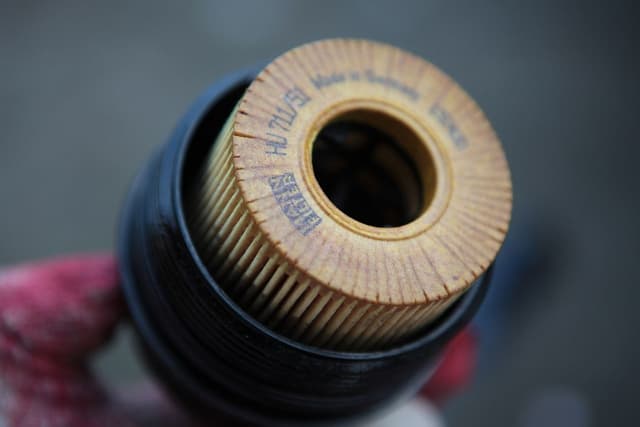Volvo Drain Specification (VDS)
Volvo Drain Specification (VDS)

Bablu Yadav
Posted in Automobile Engineering
.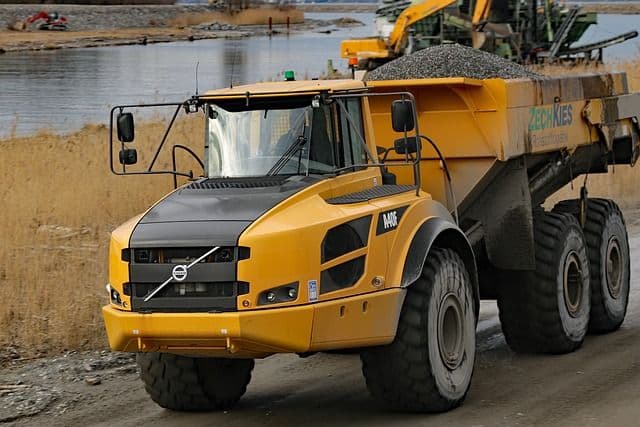
VDS places additional demands upon the engine oil specifications and is based on field tests performed by Volvo Trucks. Low-emission engines. place extremely high demands on engine oils and Volvo has developed the earlier requirement specifications VDS and VDS-2 to adapt them to Euro 3 engines, VDS-3. VDS was first introduced in 1982 and has been successively developed to adapt to current engine design. VDS-2 was introduced in 1992 and revised. 1995. VDS-3 was introduced in 2000 and revised 2002. The most important test parameters during field tests are piston deposits and cylinder glazing, although even other parameters such as piston ring and bearing wear, engine cleanliness and oil degradation are also examined.
VDS-Field test performed on a F12 trucks (TD121-, TD122-engines) with oil change intervals of 50 000 km. The lowest oil quality used was API CD. Since the introduction of VDS-3 (2000), no new VDS approvals are given. Older VDS oils still exist in the market, however.
VDS-2-Field test performed primarily on a F12 trucks (D12A engines) with oil change intervals of 60 000 km, and lowest oil quality ACEA E3 or API CG-4. Since the introduction of VDS-3 (2000), approval for VDS-2 is obtained via the VDS-3 test, see below.
Note: VDS and VDS-2 are obsolete and are not in use.
VDS-3 -This specification was originally based on field tests in D12C or D12D engines but was later replaced by requirements described in Volvo Group Standard 417-0002. Basic requirements are API CI-4, CI- 4 Plus or ACEA E9.
VDS-4 -VDS-4 is the first VDS specification that is not based on the field test. It was decided to abandon field tests since these are time consuming (2-3 years) and do often provide inconclusive results. VDS-4 is now built on API CJ-4 but with additional requirements adapted to suit the particular needs of Volvo Powertrain engines. VDS-4 oils are intended for EGR engines equipped with diesel particulate filters and/or SCR systems but can also be used in all other engines. The full requirements are described in Volvo Group Standard 417-0001.
VDS-4.5-This specification is an Improvement of VDS-4 to which new requirements on oxidation resistance and aeration have been added. Oxidation. resistance is rated in a Volvo 13 L US10 engine (the so called Volvo T13 test) and aeration is rated in a Caterpillar C13 engine. Basic requirements are API CJ- 4, CK-4, ACEA E6 or ACEA E9 and full requirements are described in Volvo Group Standard 417-0003.
VDS-5-Oil quality with further improved oxidation resistance over VDS-4.5 and lower viscosity to reduce pumping losses and hereby reduce fuel consumption. The low viscosity of VDS-5 oils makes them unsuitable for older engines and VDS-5 oils an only be used in designated engines. Basic requirements for VDS-5 are API FA-4 and full requirements are described in Volvo Group Standard 417-0004. All VDS-5 oils are in the viscosity grade 5W-30.

